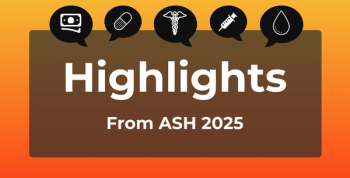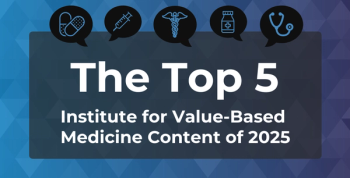
Team-Based Pathway Brings Reduction in Heart Failure Readmissions
Reimbursement policy has been a driver of change in the way hospitals handle heart failure patients.
When CMS started penalizing hospitals that readmitted too many patients within 30 days of discharge, heart failure patients were those most in need of attention. These patients tend to be older with other health issues, and under the traditional fee-for-service payment systems, there was little incentive to find ways to keep them from coming back after discharge.
By 2015, 30-day readmission was a $17 billion problem for Medicare and Medicaid and heart failure was the most common cause. It’s a problem tied to socioeconomic factors, but that’s not the whole story:
But hospitals can turn things around quickly with the right approach. At the 2017 American Heart Association (AHA) Scientific Sessions, Amar Bhakta, MD, of Rush University Medical Center in Chicago, Illinois, presented results from his hospital’s clinical pathway for heart failure. Preventing readmissions starts the moment the patient enters the emergency department, and involves a multidisciplinary team, help from outside the hospital, and most of all, a plan to ensure follow-up with the patient’s primary care physician.
A chart review for 2016 shows the results: From January 1, 2016, to June 30, 2016, before the pathway took effect, the 30-day readmission rate for heart failure patients was 22.5% (88 of 393 patients). From July 1, 2016, through December 31, 2016, the rate was 16.6% (66 of 367 patients).
Rush’s pathway involves professionals from across the health system: social workers nurses, nurse practitioners, pharmacists, physicians, hospitalists, heart failure physicians, and administrators. The pathway features standardized admission orders, specific medications, heart failure consult criteria, and criteria for admission to the cardiac intensive care unit, which were included in the abstract presented at AHA. The detailed chart spells out when additional consults with the heart failure specialists occur, what happens if patients gain or lose weight, and what to do given certain renal outcomes.
The critical element of the pathway is the follow-up process: patients leave the hospital with plans to see a nurse practitioner within 7 days of discharge and their PCP within 3 weeks. In an interview with The American Journal of Managed Care®, Bhakta said for the population that Rush serves, this second part isn’t always easy. But the focus shows in the results: the mean time to follow-up fell from 13 days, (±1.51 days) in the first 6 months of 2016 to just 8 days (±0.92 days) in the second 6 months.
Changing reimbursement models are driving much of the change, Bhakta said.
“It’s getting most hospitals into a different way of thinking, not just from a reimbursement perspective, but also from a patient-centered perspective,” he said. “Patients don’t want to be readmitted if they’re experiencing symptoms. If hospitals aren’t being reimbursed, whatever can be done in an appropriate way should be done.”
Reference
Moseley A, Accavitti MJ, Bhakta A, et al. Reducing heart failure readmissions using a multidisciplinary approach. Presented at the 2017 American Heart Association Scientific Sessions, Anaheim, California; November 11-15, 2017. M4062.
Newsletter
Stay ahead of policy, cost, and value—subscribe to AJMC for expert insights at the intersection of clinical care and health economics.








